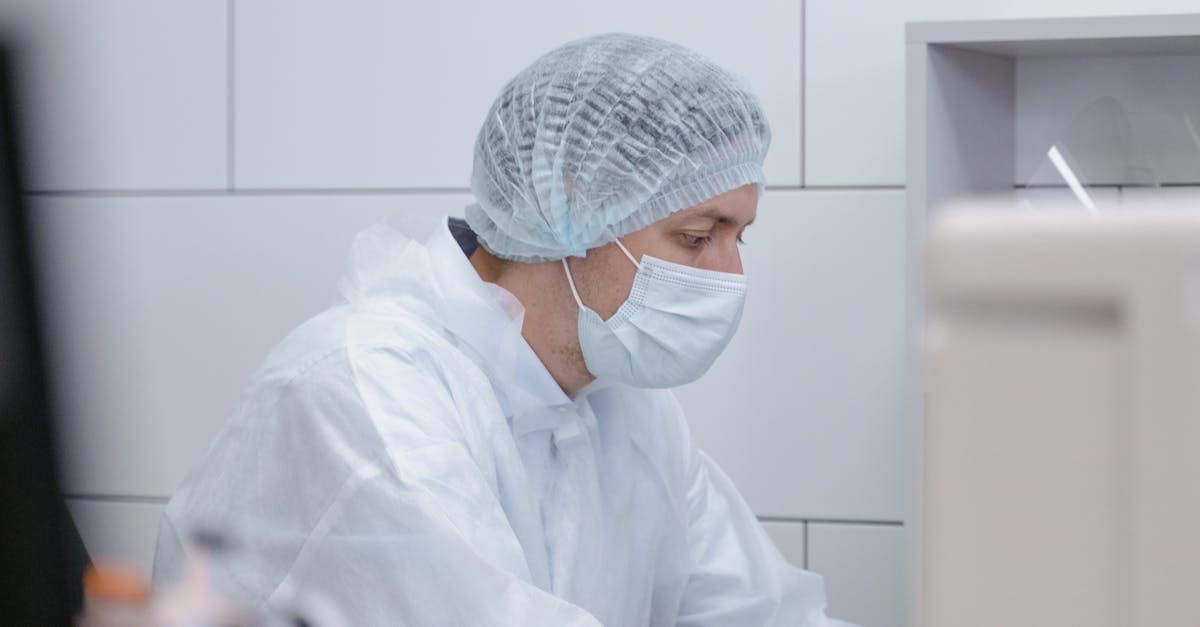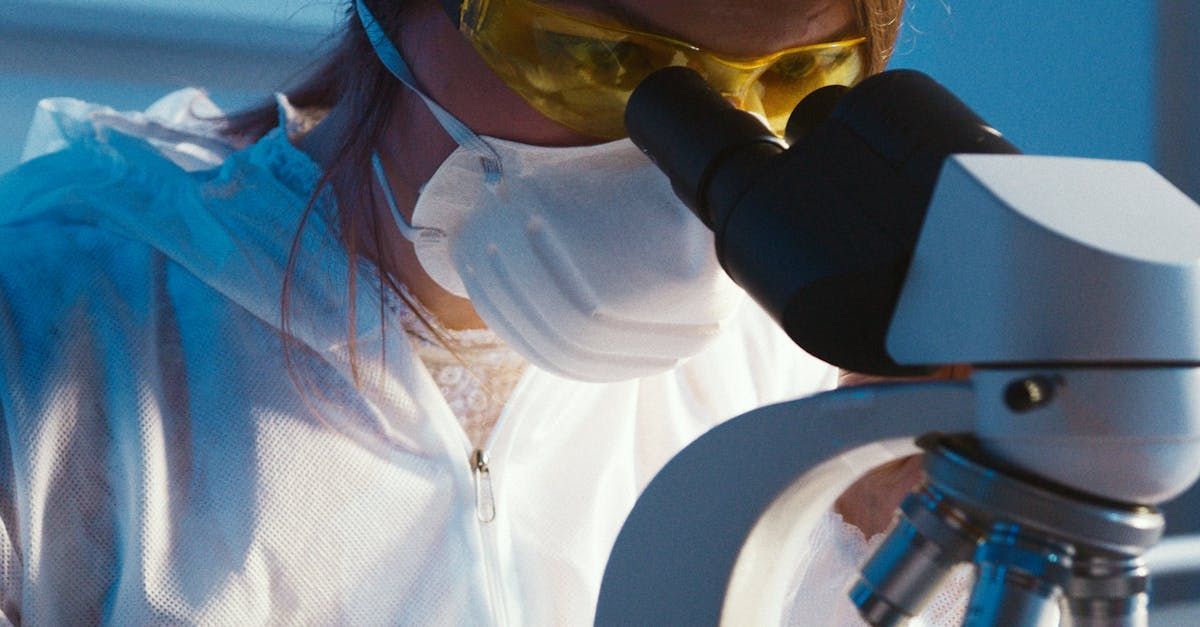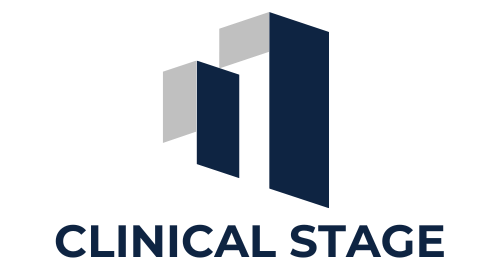The Role of Real-World Evidence in Drug Approval
The landscape of drug development and approval has traditionally been dominated by randomized controlled trials (RCTs), considered the gold standard for generating evidence on the safety and efficacy of new therapies. However, as the complexities of medical treatment and patient populations have become more apparent, there is a growing recognition of the limitations inherent in relying solely on RCTs. Enter real-world evidence (RWE), a paradigm that leverages data from everyday clinical practice and non-traditional research settings to inform drug approval and clinical practice. This blog explores the role of RWE in drug approval, detailing its definition, scope, advantages, applications, and future potential.
Overview of Drug Approval Process
The drug approval process is a rigorous pathway designed to ensure that new pharmaceuticals are safe and effective for public use. This process typically involves several phases of clinical trials, starting with preclinical studies, followed by three phases of human clinical trials. These trials are highly controlled, aiming to isolate the effects of the drug from other variables. The data from these trials are then reviewed by regulatory bodies, such as the U.S. Food and Drug Administration (FDA) or the European Medicines Agency (EMA), which decide whether to approve the drug for market release.
Traditional Reliance on Clinical Trials
Historically, RCTs have been the cornerstone of this process. They are designed to minimize bias by randomly assigning participants to receive either the investigational drug or a placebo/control. This method allows for a clear assessment of the drug's efficacy and safety in a controlled environment. However, while RCTs are invaluable for establishing initial drug efficacy and safety, they are not without limitations. The controlled nature of these trials can create a gap between the clinical trial environment and real-world clinical settings, where patient populations are more diverse, and conditions are less controlled.
Introduction to Real-World Evidence (RWE)
RWE refers to clinical evidence regarding the usage and potential benefits or risks of a medical product derived from analysis of real-world data (RWD). RWD is data relating to patient health status and/or the delivery of health care routinely collected from a variety of sources, including electronic health records (EHRs), insurance claims and billing data, patient registries, and other sources. The increasing availability and sophistication of RWD sources have enabled the rise of RWE as a complement to traditional clinical trials, offering a broader perspective on drug performance in real-world settings.
Definition and Scope of Real-World Evidence
What Constitutes RWE
Real-world evidence encompasses data derived from RWD to inform on health outcomes. Unlike the highly controlled data from RCTs, RWE captures information from everyday clinical practice. This includes data on drug utilization, patient adherence, and outcomes across a more representative patient population. RWE can provide insights into the effectiveness of a drug in different subpopulations, its long-term safety, and its impact on healthcare resource utilization.
Sources of RWE
The sources of RWE are diverse and continually expanding. Key sources include:
- Electronic Health Records (EHRs): These contain detailed patient data, including demographics, diagnoses, treatments, and outcomes. EHRs are a rich source of longitudinal data, which is valuable for understanding long-term effects and outcomes.
- Insurance Claims and Billing Data: This type of data provides information on healthcare services used, costs, and reimbursements. It can be particularly useful for studying patterns of care and economic aspects of treatments.
- Patient Registries: These are organized systems that collect data on patients with a specific condition or who are undergoing a particular treatment. Registries can offer detailed clinical information and are often used for long-term follow-up studies.
- Patient-Reported Outcomes (PROs): Data collected directly from patients about their health status, quality of life, and treatment satisfaction. PROs provide valuable insights into the patient experience and can highlight areas for improvement in care delivery.
The Growing Importance of Real-World Evidence
Limitations of Randomized Controlled Trials (RCTs)
RCTs, while invaluable, have several limitations. The highly controlled environments of these trials do not reflect the variability of real-world clinical practice. For instance, RCTs often exclude patients with comorbidities, those on multiple medications, or those who fall outside a specific age range. This exclusion limits the generalizability of trial findings to broader, more diverse patient populations. Additionally, the relatively short duration of most RCTs does not allow for the assessment of long-term safety and effectiveness, which are crucial for chronic conditions requiring prolonged treatment.
Challenges in RCTs: Limited Population Diversity, Short Follow-Up Periods
The exclusion criteria used in RCTs to maintain control can lead to a lack of diversity in study populations. This means that the findings may not be applicable to all patients, particularly those who are older, have multiple health conditions, or belong to underrepresented demographic groups. Moreover, the short follow-up periods common in RCTs limit the understanding of a drug's long-term safety and effectiveness. This is particularly problematic for conditions that require chronic treatment, where the long-term risk-benefit profile is crucial.
Advantages of RWE
In contrast, RWE offers several advantages that complement the data generated from RCTs. It captures data from broader patient populations, including those often excluded from clinical trials. This diversity allows for a more comprehensive understanding of a drug's performance across different demographics, comorbidities, and real-world conditions. RWE also facilitates long-term safety and effectiveness monitoring, providing insights into how a drug performs over extended periods. This is particularly valuable for chronic conditions and for assessing the real-world impact of a drug on healthcare systems, including cost-effectiveness and resource utilization.
Application of Real-World Evidence in Drug Approval
Supplementing Clinical Trial Data
One of the primary applications of RWE in drug approval is to supplement clinical trial data. In many cases, RWE can help fill gaps left by RCTs, providing additional information on how a drug performs in routine clinical practice. For example, RWE can be used to support the approval of new indications for existing drugs. This involves analyzing data from EHRs, registries, or other sources to demonstrate that a drug is effective in a new patient population or for a different condition than originally studied in clinical trials.
Supporting Approval of New Indications for Existing Drugs
The use of RWE has been particularly significant in the approval of new indications for already approved drugs. For instance, a drug initially approved for one type of cancer may show promise for another type based on RWE from patient registries or observational studies. Regulatory agencies may use this evidence to extend the drug's approved uses, benefiting patients who might not otherwise have access to potentially life-saving treatments.
Post-Market Surveillance and Safety Monitoring
RWE plays a critical role in post-market surveillance and safety monitoring. Once a drug is on the market, it is used by a much larger and more diverse population than those studied in clinical trials. RWE helps detect rare adverse events that may not have been apparent in smaller RCTs, providing a more comprehensive safety profile. Continuous monitoring through RWE allows regulatory bodies and healthcare providers to make informed decisions about the ongoing use of a drug, including issuing safety warnings, updating labeling, or even withdrawing a drug from the market if necessary.
Regulatory Perspectives and Guidelines
Regulatory agencies like the FDA and EMA have increasingly recognized the value of RWE in the drug approval process. These agencies have developed guidelines to help companies incorporate RWE into their regulatory submissions. The FDA, for instance, has published a framework for evaluating RWE to support regulatory decisions, emphasizing the need for high-quality data and robust study designs. The use of RWE is not limited to drug approvals; it also plays a role in safety monitoring, labeling changes, and other regulatory decisions.
Examples of Drugs Approved or Supported by RWE
There have been several notable cases where RWE has played a crucial role in drug approvals or regulatory decisions. For example, the FDA approved the use of the drug Ibrance (palbociclib) for men with breast cancer based on RWE from electronic health records and insurance claims data. Similarly, the approval of the cancer drug Alecensa (alectinib) for a specific type of lung cancer was supported by RWE demonstrating its effectiveness in a broader patient population. These examples illustrate the growing acceptance and utility of RWE in regulatory processes.
Real-World Evidence in Clinical Practice
Informing Clinical Guidelines
Beyond regulatory decisions, RWE is increasingly used to inform clinical practice guidelines. These guidelines, developed by professional medical societies and other organizations, provide evidence-based recommendations for patient care. Incorporating RWE into these guidelines allows for a more comprehensive view of treatment options, especially when RCT data is limited or unavailable. RWE can provide evidence on the comparative effectiveness of different treatments, helping clinicians make informed decisions based on real-world patient outcomes.
Integration of RWE into Practice Guidelines
The integration of RWE into clinical practice guidelines is not without challenges. It requires careful consideration of data quality and methodological rigor to ensure that the evidence is robust and reliable. However, when done correctly, it can enhance the relevance and applicability of guidelines, making them more reflective of real-world clinical settings. For instance, guidelines for managing chronic diseases like diabetes or heart failure often incorporate RWE to provide recommendations on long-term treatment strategies and patient management.
Case Studies of RWE Impacting Clinical Decision-Making
Several case studies highlight the impact of RWE on clinical decision-making. For example, the use of real-world data has led to changes in the recommended dosages for certain medications, based on evidence of how drugs are metabolized in different populations. In another instance, RWE from patient registries helped identify a subset of patients who responded exceptionally well to a particular therapy, leading to personalized treatment approaches. These examples demonstrate how RWE can lead to more nuanced and effective patient care.
Enhancing Patient-Centered Care
RWE also plays a crucial role in enhancing patient-centered care. By providing insights into the real-world effectiveness and safety of treatments, RWE helps clinicians and patients make informed decisions that align with individual patient preferences and needs. This is particularly important in chronic diseases, where long-term management strategies must be tailored to the patient's lifestyle, comorbidities, and treatment goals. Engaging patients in shared decision-making, supported by RWE, can lead to better adherence to treatment plans and improved health outcomes.
Personalizing Treatment Approaches
Personalized medicine is an emerging field that aims to tailor treatments to individual patient characteristics. RWE is a key enabler of personalized medicine, providing data on how different patient subgroups respond to treatments. For example, genetic data combined with RWE can identify patients who are more likely to benefit from a specific therapy or who are at higher risk for adverse effects. This allows for more targeted and effective treatments, reducing the trial-and-error approach often associated with drug therapy.
Engaging Patients in Shared Decision-Making
Shared decision-making is a collaborative process in which clinicians and patients work together to make healthcare decisions. RWE can empower patients by providing information about the risks and benefits of different treatment options, based on real-world data. This can help patients feel more confident in their treatment choices and more engaged in their healthcare. Moreover, incorporating patient-reported outcomes into RWE studies can provide valuable insights into patient preferences and experiences, further enhancing the patient-centeredness of care.
Challenges and Considerations
Data Quality and Reliability Issues
Despite its many advantages, the use of RWE is not without challenges. One of the primary concerns is the quality and reliability of the data. RWD can be incomplete, inaccurate, or inconsistent, leading to potential biases and misinterpretations. For example, data from EHRs may vary significantly between healthcare providers, and coding practices can differ, affecting the comparability of data. Ensuring data quality and standardization is crucial for the validity of RWE studies.
Ethical and Privacy Concerns
Another significant consideration is the ethical and privacy concerns associated with using RWE. The use of personal health data for research purposes raises questions about patient consent, data ownership, and the potential for misuse of sensitive information. Ensuring robust data governance frameworks and adhering to ethical guidelines are essential to protect patient privacy and maintain public trust. This includes obtaining informed consent where possible and de-identifying data to protect patient confidentiality.
Balancing RWE with Traditional Evidence
Balancing the use of RWE with traditional clinical trial evidence is another challenge. While RWE offers valuable insights, it is important to recognize that it is not a replacement for RCTs but rather a complement. RCTs provide high-quality evidence on the efficacy and safety of new treatments under controlled conditions, while RWE provides a broader perspective on how these treatments perform in real-world settings. The challenge lies in integrating these different types of evidence to make informed regulatory and clinical decisions.
Future Directions and Innovations
Advancements in Data Collection and Analysis
The future of RWE is closely tied to advancements in data collection and analysis. The increasing digitization of healthcare, combined with the rise of big data and artificial intelligence (AI), is opening new avenues for generating and analyzing RWE. AI and machine learning algorithms can process large volumes of RWD, identify patterns, and generate predictive models, offering deeper insights into treatment outcomes and patient populations. These technologies also enable more precise and efficient data collection, reducing the burden on healthcare providers and improving data quality.
Big Data and Artificial Intelligence in Healthcare
Big data and AI are poised to revolutionize healthcare by enabling the analysis of vast amounts of data from diverse sources. In the context of RWE, these technologies can help identify new therapeutic targets, optimize treatment regimens, and predict patient responses to therapies. For example, AI algorithms can analyze genomic data alongside RWE to identify biomarkers associated with treatment efficacy or adverse effects. This can lead to more personalized and effective treatment strategies, improving patient outcomes and reducing healthcare costs.
Emerging Technologies (Wearables, Mobile Health Apps)
Emerging technologies, such as wearables and mobile health apps, are also contributing to the growth of RWE. These devices can continuously monitor patients' health metrics, providing real-time data on vital signs, physical activity, medication adherence, and more. This data can be used to generate RWE on the effectiveness of treatments in daily life, capturing patient experiences and outcomes in a way that traditional data sources cannot. For example, wearables can track the impact of a new medication on heart rate or physical activity levels, providing valuable insights into its real-world effectiveness.
Collaborations and Stakeholder Engagement
The generation and use of RWE require collaboration between various stakeholders, including healthcare providers, pharmaceutical companies, regulators, and patients. Partnerships between industry and academia can facilitate the development of robust RWE studies, while engagement with regulatory bodies ensures that the evidence generated meets the necessary standards for regulatory decisions. Involving patients and the public in the research process is also crucial, as it helps ensure that RWE studies address relevant questions and reflect patient priorities and experiences.
Partnerships Between Industry, Academia, and Regulatory Bodies
Collaboration between industry, academia, and regulatory bodies is essential for advancing the use of RWE. These partnerships can facilitate the sharing of data, expertise, and resources, leading to more comprehensive and high-quality RWE studies. For example, collaborative initiatives like the Observational Health Data Sciences and Informatics (OHDSI) program bring together researchers from different sectors to develop methods and tools for analyzing RWE. These collaborations can also help standardize data collection and analysis methods, improving the reliability and comparability of RWE.
Patient and Public Involvement in Research
Patient and public involvement in research is increasingly recognized as important for generating meaningful and relevant RWE. Engaging patients in the design, conduct, and dissemination of RWE studies ensures that the research addresses questions and outcomes that matter to patients. This involvement can also enhance the ethical conduct of research, as it ensures that patient perspectives and values are considered. Moreover, involving patients in research can help build public trust in the use of RWE and encourage broader acceptance of its findings.
Notable Labs and the Role of Real-World Evidence in Drug Approval
Notable Labs is at the forefront of leveraging real-world evidence (RWE) to revolutionize the drug approval process. Traditionally, randomized controlled trials (RCTs) have been the gold standard for assessing new therapies. However, RCTs often don't capture the full complexity of real-world clinical settings, where patient populations are more diverse and conditions vary widely. RWE, which draws from data sources like electronic health records, insurance claims, and patient registries, provides a broader and more realistic picture of a drug's efficacy and safety.
By incorporating RWE, Notable Labs enhances the drug approval process by supplementing traditional clinical trial data with insights from everyday clinical practice. This approach helps identify how drugs perform across different patient demographics and conditions, offering a more comprehensive understanding of their long-term safety and effectiveness. Furthermore, RWE supports post-market surveillance and the approval of new indications for existing drugs, demonstrating its critical role in modern healthcare.
As the landscape of drug development evolves, Notable Labs continues to explore the potential of RWE, ensuring that new treatments are both safe and effective for a wide range of patients. This commitment to integrating real-world data into drug evaluation underscores the importance of RWE in achieving a more patient-centered and evidence-based healthcare system.
Conclusion
Summary of Key Points
Real-world evidence is playing an increasingly important role in drug approval and clinical practice. It provides valuable insights into the real-world performance of treatments, complementing the data generated from randomized controlled trials. RWE captures information from a broader and more diverse patient population, offers long-term safety and effectiveness data, and helps inform regulatory and clinical decisions. Despite challenges related to data quality, ethical concerns, and integration with traditional evidence, the use of RWE is poised to grow, driven by advancements in data collection and analysis technologies.
The Future Landscape of Drug Development and Regulation
Looking to the future, the landscape of drug development and regulation will likely see a greater emphasis on integrating diverse types of evidence, including both RCTs and RWE. This integration will enable more personalized and effective therapies, better addressing the needs of diverse patient populations. As big data, AI, and emerging technologies continue to evolve, the potential for RWE to enhance patient care and outcomes will only increase. By fostering collaboration among stakeholders and engaging patients in the research process, the full potential of RWE can be realized, leading to a more patient-centered and evidence-based healthcare system.










